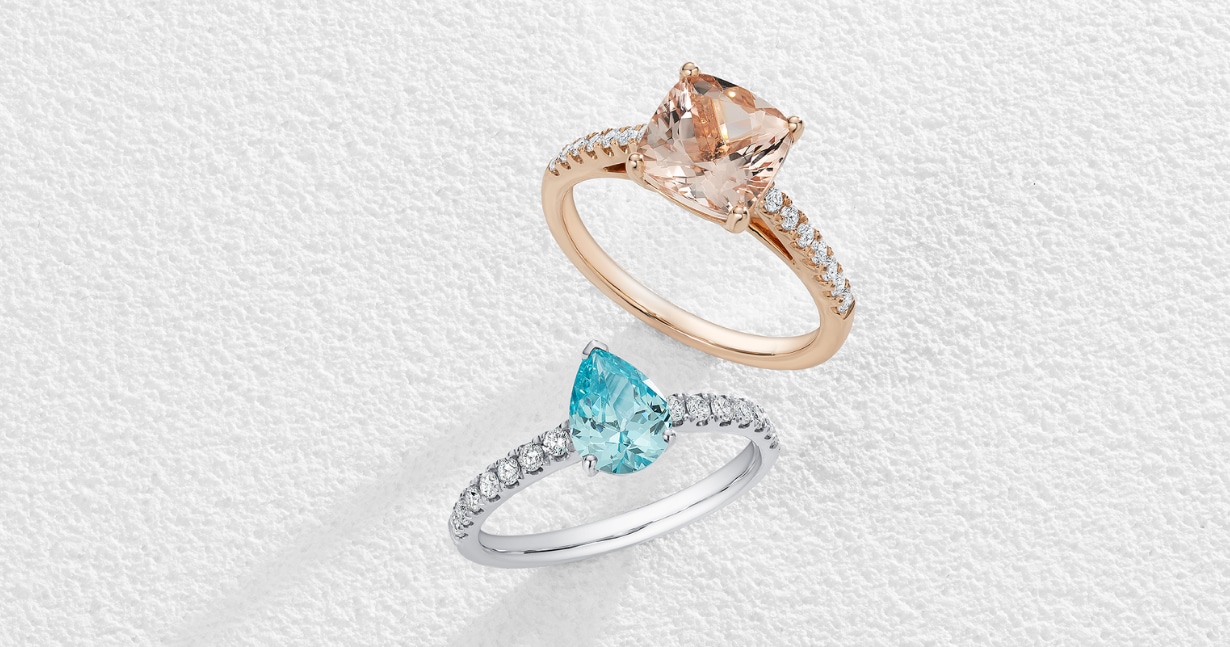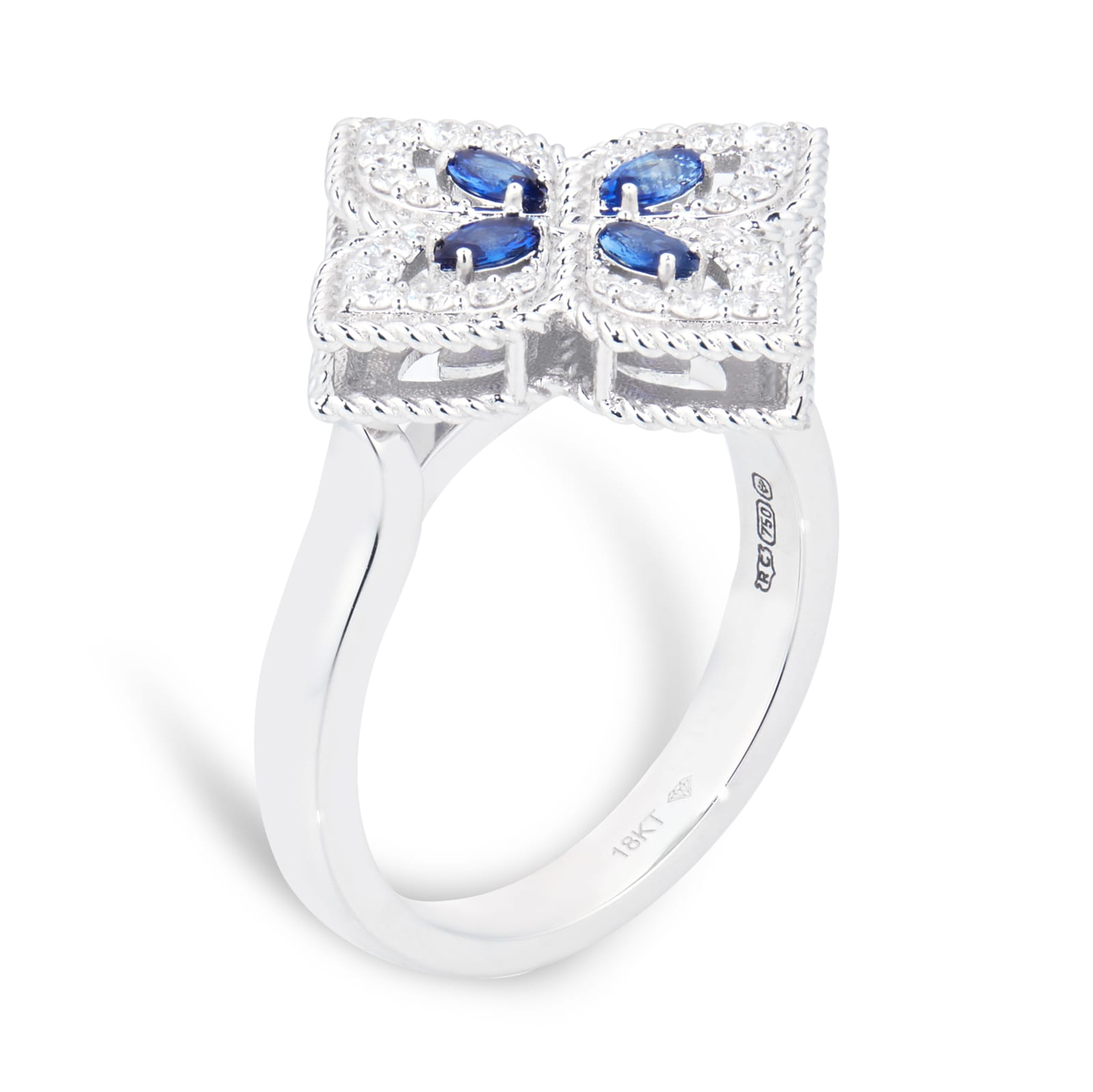In the gemstone world, colour is king. Vibrant blue sapphires, lush green emeralds and rich red rubies have been prized throughout history for their mesmerising, saturated hues. The rarest examples achieve record prices at auction. But meanwhile, jewellers are looking beyond these familiar stones and exploring the beauty found throughout the gemstone spectrum.

From peachy-pink morganite to ethereal aquamarine and lavender amethyst, semi-precious gemstones provide a beautifully delicate palette that fits our current craving for soft, muted shades. In our wardrobes and in our homes, bold primary colours have given way to dusky pastels, pale greeny-blues and subtle, subdued tones: a sophisticated approach to colour that still allows room for experimentation.
The trend is infiltrating our jewellery boxes too, meaning that often-overlooked gems are coming to the fore. Even the previously colour-averse are discovering the flattering impact of a gentle wash of pale pink, sage green or inky blue, highlighted by diamonds to complement each gemstone’s unique hue.
Aquamarine is one of the most universally flattering semi-precious gems. This variety of beryl ranges from brilliant sky-blue to a translucent, delicate aqua. Thanks to its resemblance to the clearest of waters - aquamarine means ‘water of the sea’ - it’s associated with peace and tranquillity, and is believed to bring calm and clarity to whoever wears it. Popular in the Art Deco era, the stone re-entered the spotlight in 2018, when Meghan Markle wore Princess Diana’s aquamarine cocktail ring to her wedding reception.
Also enjoying a renaissance is another variety of beryl, morganite, which was discovered in 1910 and named after the financier JP Morgan. Its peachy-pink hue is feminine and romantic, making it perfect for engagement rings as an alternative to ultra-rare and expensive pink diamonds. Its warm, rosy colour is enhanced by a pink gold setting, casting a gorgeous glow that complements all skin tones.
Although blue sapphires are the most well-known - they’re the second most popular gemstone for engagement rings after diamonds - sapphires can be found in all colours of the rainbow. Pink sapphires range from soft baby pink to zingy fuchsia. The more delicate tones make for another accessible alternative to a pink diamond engagement ring. While royal blue sapphires are traditionally the most sought-after, colour is a personal preference, and jewellery lovers are increasingly drawn to more obscure shades such as petrol, denim or grey-blue.
Amethyst has been used in jewellery for centuries; the ancient Greeks believed it prevents intoxication, and medieval soldiers wore amethyst amulets to keep them cool-headed during battles. The gemstone is most familiar in its pure, regal purple form; but this variety of quartz occurs in shades from light lavender to deep violet. The lighter, lilac stones were once considered undesirable, but thanks to our appetite for paler hues, they’re now celebrated for being easier to wear and widely flattering. Likewise the olive-green stone peridot, prized for its protective, positive powers, is winning a new generation of fans who are drawn to its unusual, distinctive colour.
Like paint swatches, where the subtlest change in tone makes a huge difference to the end result, there are an abundance of gemstones in every hue and shade imaginable. Our designers choose the most beautifully balanced gems, taking a painterly approach to find the perfect harmony between colour, shape and style. The joy lies in finding the one that’s just right for you.
Discover your perfect coloured gemstone jewellery here at Mappin & Webb online or visit us in store at one of our showrooms where our jewellery experts will be delighted to help you.







